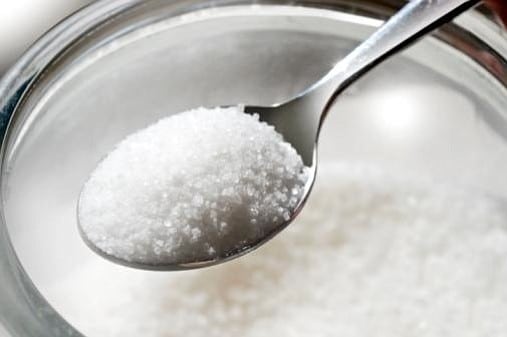Too much of the sweet stuff can lead to obesity and heart disease
The sweet stuff is in so many foods—from the obvious (soda, cake, sticky buns) to the sneaky (peanut butter, bread, spaghetti sauce)—that it’s difficult to eliminate added sugar entirely. But that doesn’t mean you shouldn’t try going easy on it.
“Added sugar” means any sugar that isn’t naturally occurring, and experts say the “added” is showing up as extra calories with little or no nutritional value. Those calories lead to extra pounds as well as dangerously high levels of blood fats, both of which significantly increase the risk of developing heart disease.
The American Heart Association’s added sugar guidelines recommend no more than nine teaspoons a day for men and a max six teaspoons for women. When you check the label for sugar, be aware it has other names, including cane sugar, corn sweetener, dextrose, fruit juice concentrate, high fructose corn syrup, honey, maltose, molasses, sucrose and syrup. It is also important to note that nutrition labels do not distinguish between added sugar and naturally occurring sugar (they’re usually listed as carbohydrates). Quick litmus test: If the ingredients aren’t those that are naturally sweet, such as fruit, the sugar content is probably added sugar.






